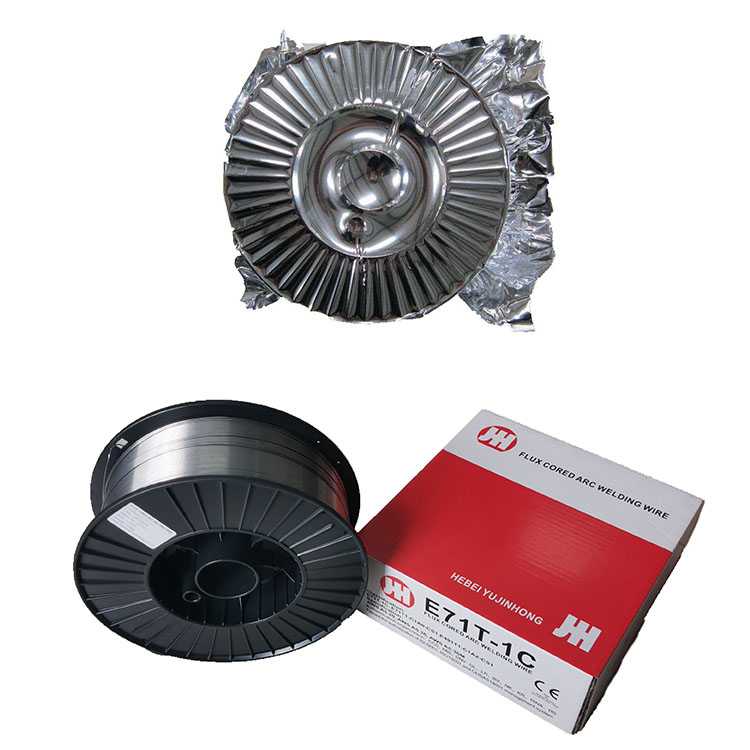Choosing the Right Stainless Steel Welding Electrodes for Optimal Performance and Durability in Projects
Stainless Steel Welding Electrodes An Overview
Welding stainless steel is an essential skill in various industries, from construction to manufacturing and aerospace. One of the critical components in this process is the welding electrode, particularly for stainless steel welding. Understanding the types of electrodes available, their applications, and the best practices for their use is crucial for achieving strong, durable welds.
Types of Stainless Steel Welding Electrodes
Stainless steel welding electrodes can be categorized mainly into two types covered or stick electrodes and solid wire electrodes. Each type has its unique characteristics and applications.
1. Covered Electrodes (Stick Electrodes) These are coated rods used in shielded metal arc welding (SMAW). The coating helps create a shielding gas that protects the weld pool from contamination. Common covered electrodes for stainless steel include E308, E309, and E316, each suited for different steel types and thicknesses. E308 is typically used for 304 stainless steel, while E316 offers better corrosion resistance, making it suitable for marine applications.
2. Solid Wire Electrodes Used in gas metal arc welding (GMAW), these electrodes provide a continuous feed of welding wire without the use of a coating. Solid wires such as ER308 and ER316 are commonly used for welding stainless steel. These wires often require a shielding gas, like argon or a mixture of argon and carbon dioxide, to protect the weld pool from oxidation.
Choosing the Right Electrode
Selecting the appropriate electrode for a stainless steel welding project is crucial. Factors to consider include the base material's composition, the desired weld properties, and the welding position. For instance, E309 electrodes are ideal for joining dissimilar metals, such as stainless steel to mild steel, while ER316 is preferred in highly corrosive environments.
The electrode diameter also plays a significant role in the welding outcome. For thin materials, smaller diameter electrodes (such as 1.6 mm or 2.4 mm) provide better control and prevent burn-through. Conversely, thicker materials may require larger diameter electrodes to ensure adequate heat input and penetration.
stainless welding electrodes

Best Practices for Welding with Stainless Steel Electrodes
To achieve successful welds, welders must adhere to several best practices
1. Preparation Ensure that the materials are clean and free of contaminants, such as oils, paints, and rust. Proper surface preparation helps prevent defects and ensures strong adhesion.
2. Settings Adjust the welding machine settings according to the electrode type, diameter, and material thickness. Proper voltage and amperage settings can significantly affect the quality of the weld.
3. Techniques Employ suitable welding techniques, such as maintaining a steady travel speed and angle. For stick welding, holding the electrode at the right angle will improve the arc shape and penetration.
4. Cooling Allow the weld to cool slowly to prevent warping or cracking. This step is particularly crucial for thicker materials or when welding in challenging positions.
5. Post-Weld Treatment For many stainless steel applications, post-weld treatments such as pickling or passivation can improve corrosion resistance by removing impurities from the weld surface.
Conclusion
Welding stainless steel is a complex task that requires a good understanding of the materials, techniques, and tools involved. By selecting the right stainless steel welding electrodes and adhering to best practices, welders can produce high-quality, resilient welds suitable for a wide range of applications. As industries continue to evolve and demand more from materials, the importance of mastering stainless steel welding will only grow, making it a vital skill for modern welders.
-
E316L Welding Rod: Premium 316L Stainless Steel WeldsNewsAug.11,2025
-
Premium SG2 Welding Wire | High-Quality MIG/MAG for SteelNewsAug.10,2025
-
E309 Welding Electrode: Premium Stainless Steel Stick RodsNewsAug.09,2025
-
Premium Solid MIG Wire for Strong, Reliable WeldsNewsAug.08,2025
-
E6010 Cellulose Electrode: Deep Penetration Steel Welding RodNewsAug.07,2025
-
Premium E316L Welding Rod for 316L Stainless SteelNewsAug.06,2025


